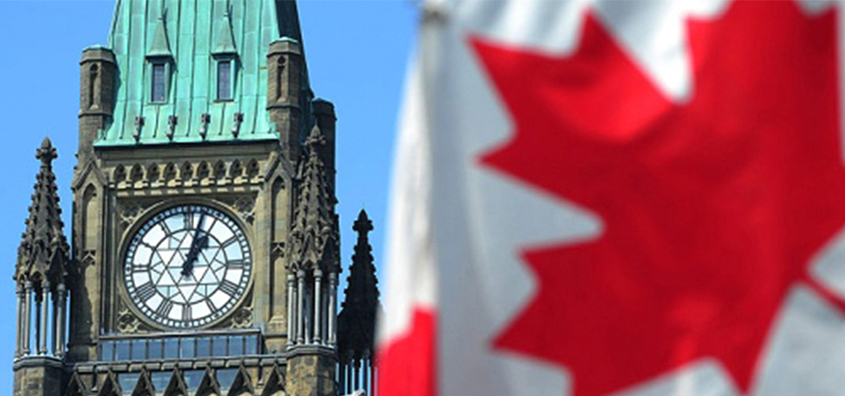Canadians are borrowing money against their homes in record amounts – a situation that is raising red flags among politicians and policy setters in Ottawa.
Balances on Home Equity Lines of Credit (HELOCs) rose 7.2% in December 2017 from a year earlier, the fastest annual growth rate since 2012, and hitting a record amount of $230 billion, according to data released by the Office of the Superintendent of Financial Institutions (OSFI).
All other types of consumer debt such as personal loans, credit cards, car loans and overdraft limits climbed just 3.2% over the same period, less than half the pace of HELOC growth, the same data showed.
Canadians can tap HELOCs for up to 65% of the value of their homes, and the funds are most commonly used for renovations, investing and consolidating other forms of debt, according to a June 2017 report by the Financial Consumer Agency of Canada.
“Houses are becoming piggy banks,” said Paul Gulberg, a Bloomberg Intelligence analyst following the release of the data from OSFI. “It’s either greed based or need based,” he added.
The growth in the use of HELOCs raises red flags for policy makers in Ottawa. It’s a type of borrowing that may contribute to increased household vulnerabilities because it typically doesn’t require the principal to be repaid on a fixed schedule, the Bank of Canada said in its most recent financial system review. About 40% of HELOC borrowers don’t regularly pay down the principal on the debt. Of total loans secured to individuals for non-business purposes, those secured by residential property represent about 46%, the OSFI data shows.
Compared to other loan types, such as car loans and credit cards, rates on HELOCs are typically cheaper, making them more attractive to consumers. They also tend to be more sensitive to fluctuations in borrowing costs, because they’re usually tied to prime interest rates.
“It’s a rising risk factor because it’s something that re-prices more rapidly than a typical mortgage pool,” said Mr. Gulberg, adding the risk is rising “in conjunction with the fact that it’s fuelling overall consumer credit, which is considered to be an issue.”
Canadians have about three million HELOC accounts and the average outstanding balance on them is $70,000, which makes borrowers vulnerable to rising interest rates and a housing market correction.
Related Stories

